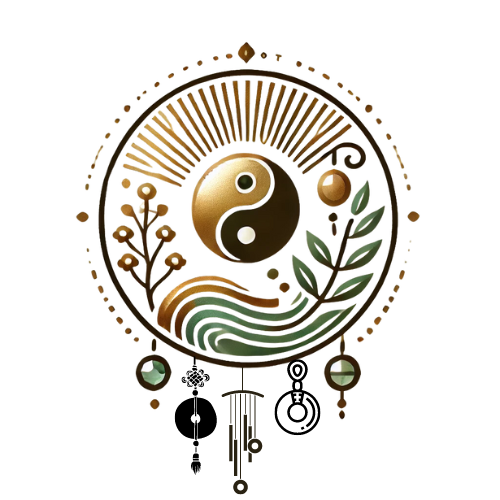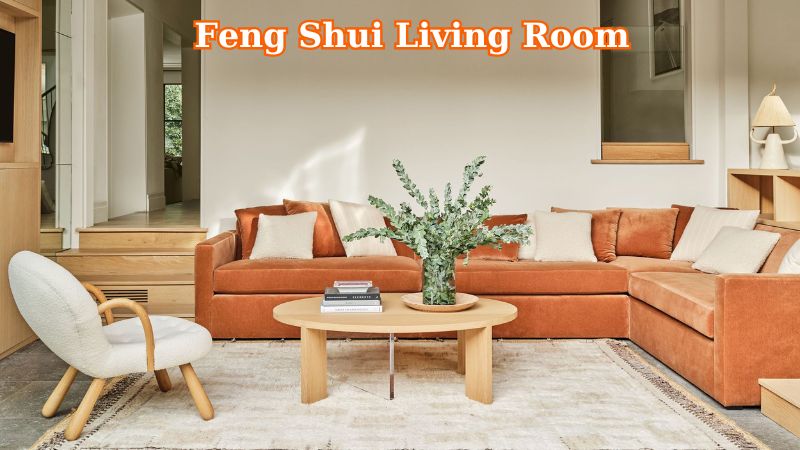Blog
Feng Shui Living Room: Creating Harmony and Balance in Your Home
Feng Shui Living Room is an ancient Chinese practice that emphasizes the flow of energy, or “chi,” to create a harmonious and balanced living space. The living room, being a central area where family and friends gather, is particularly important in Feng Shui Living Room. Setting up a Feng Shui Living Room can help attract positive energy, promote relaxation, and improve the overall ambiance of your home. Here’s a guide from Quixotis.xyz on how to bring Feng Shui principles into your living room design.
Feng Shui Living Room: Creating Harmony and Balance
1. Start with a Clean and Clutter-Free Space
A clutter-free living room is the first step in creating a balanced and positive environment. Clutter blocks energy flow, leading to feelings of stress and distraction. Here are some tips for keeping your living room organized:
- Declutter regularly: Go through magazines, mail, and other items that may pile up and discard or store them properly.
- Use storage solutions: Consider using cabinets, shelves, or decorative boxes to hide unnecessary items.
- Keep surfaces clean: Make it a habit to tidy up surfaces like coffee tables and side tables daily.
By keeping your living room neat, you’re creating an inviting space that allows energy to flow freely.
2. Choose the Right Colors for Your Living Room
Color plays a significant role in Feng Shui Living Room as it affects the mood and energy of a room. Each color represents different elements and has various impacts on your living space:
- Earth tones like beige, taupe, and terracotta are stabilizing colors that promote harmony.
- Green represents growth and is known for its calming effect.
- Blue is associated with tranquility and relaxation.
- Red is a more intense color, symbolizing energy and passion, but it should be used sparingly as an accent color.
Soft, natural colors are usually best for a Feng Shui Living Room, as they encourage a calming and grounding atmosphere.
3. Position Furniture for Optimal Energy Flow
In Feng Shui Living Room, the way you arrange your furniture affects how energy flows through your living room. Here are some tips on positioning:
- The “Command Position”: Position your sofa or primary seating area so it faces the main entrance. Ideally, you should have a clear view of the door from where you sit, as this brings a sense of security and control.
- Avoid blocking pathways: Ensure there’s enough space to walk freely through the room. Furniture blocking doorways or pathways can obstruct energy flow.
- Create a U-shaped seating area: Arrange your seating in a U-shape or semi-circle. This setup promotes conversation and creates an inclusive, welcoming environment.
Proper furniture arrangement not only creates a functional layout but also enhances the flow of positive energy.
4. Incorporate Natural Elements
According to Feng Shui Living Room, natural elements bring balance and promote health. Incorporating the five elements — wood, fire, earth, metal, and water — in your living room can create a harmonious atmosphere.
- Wood: Include wooden furniture or plants to represent growth and vitality.
- Fire: Candles, a fireplace, or even warm colors like red or orange represent the fire element, which adds energy and passion.
- Earth: Earthy colors and materials, such as stone or ceramics, promote grounding and stability.
- Metal: Metal objects or décor items like a metal vase bring clarity and precision.
- Water: Water elements, such as an aquarium or a small tabletop fountain, introduce calm and inspiration.
Balancing these elements creates a natural and welcoming living room with positive energy.
5. Enhance Lighting for a Balanced Ambiance
Lighting is essential in Feng Shui Living Room as it represents the fire element, symbolizing life and energy. A well-lit living room enhances chi and creates a lively atmosphere.
- Maximize natural light: Open curtains during the day to let in sunlight, which lifts the energy of the room.
- Use layered lighting: Incorporate different light sources, such as overhead lights, table lamps, and floor lamps. This adds warmth and avoids harsh lighting.
- Avoid fluorescent lights: These can create an uncomfortable, stressful atmosphere. Choose warm-toned LED lights for a soothing effect.
A balanced lighting scheme adds warmth, comfort, and positive energy to your living room.
6. Use Mirrors Wisely
Mirrors are powerful tools in Feng Shui Living Room as they reflect light and expand space. However, they should be used thoughtfully:
- Avoid facing mirrors toward the main door: This can bounce energy out of the room instead of letting it flow inside.
- Place mirrors to reflect beautiful views: If possible, position mirrors to reflect outdoor scenery or other attractive elements in the room.
- Choose rounded mirrors: In Feng Shui Living Room, round shapes are associated with harmony and calm, so a rounded mirror may be preferable.
Mirrors can visually expand your space and improve energy flow when positioned properly.
7. Add Plants for Fresh Energy
Plants are natural air purifiers and bring life and freshness to any room. They also represent the wood element, which encourages growth and positive energy in Feng Shui Living Room.
- Choose healthy, green plants: Healthy plants with rounded leaves are best for Feng Shui Living Room as they emit vibrant energy.
- Avoid cactus and spiky plants: These can create “sharp” energy, which may not be conducive to a peaceful environment.
- Position plants carefully: Place plants in corners or near windows to enhance energy flow and keep them away from pathways.
Incorporating plants helps to purify the air and add an uplifting touch to your living room.
8. Incorporate Artwork and Decor with Meaning
Artwork and decor in Feng Shui Living Room should have positive associations. Choose items that inspire joy, peace, and prosperity:
- Family photos: Personal photos bring warmth and a sense of belonging.
- Inspirational art: Select artwork that resonates with you, such as nature scenes, positive symbols, or abstract pieces that evoke happiness.
- Avoid images of aggression or sadness: Such imagery can introduce negative energy, so keep your decor uplifting.
Your decor should reflect what you want to invite into your life, whether it’s harmony, love, or creativity.
9. Add a Focal Point for Positive Energy
Creating a focal point draws attention and establishes a sense of balance in the room. This could be an art piece, a fireplace, or even a coffee table centerpiece.
- Use color and texture: If you’re using a neutral color scheme, add a pop of color or an interesting texture to the focal point.
- Create symmetry around the focal point: Symmetry promotes balance, so arrange furniture and decor items evenly around the centerpiece.
A well-defined focal point helps anchor the room and promotes harmony.
10. Maintain Good Air Quality
Fresh air is essential in Feng Shui Living Room, as stagnant air can hinder positive energy flow.
- Open windows regularly: Fresh air circulation keeps energy moving and refreshes the environment.
- Use air-purifying plants: Plants like snake plants and spider plants are known for improving indoor air quality.
- Consider an air purifier: This is especially helpful in homes with limited ventilation.
Good air quality keeps your living room vibrant and full of life.
Wrapping Up
Creating a Feng Shui Living Room is about more than just arranging furniture and picking colors—it’s about cultivating a space that feels peaceful, balanced, and inviting. By incorporating these Feng Shui principles, you’ll create a living room that attracts positive energy, fosters harmony, and provides a welcoming environment for friends and family.

